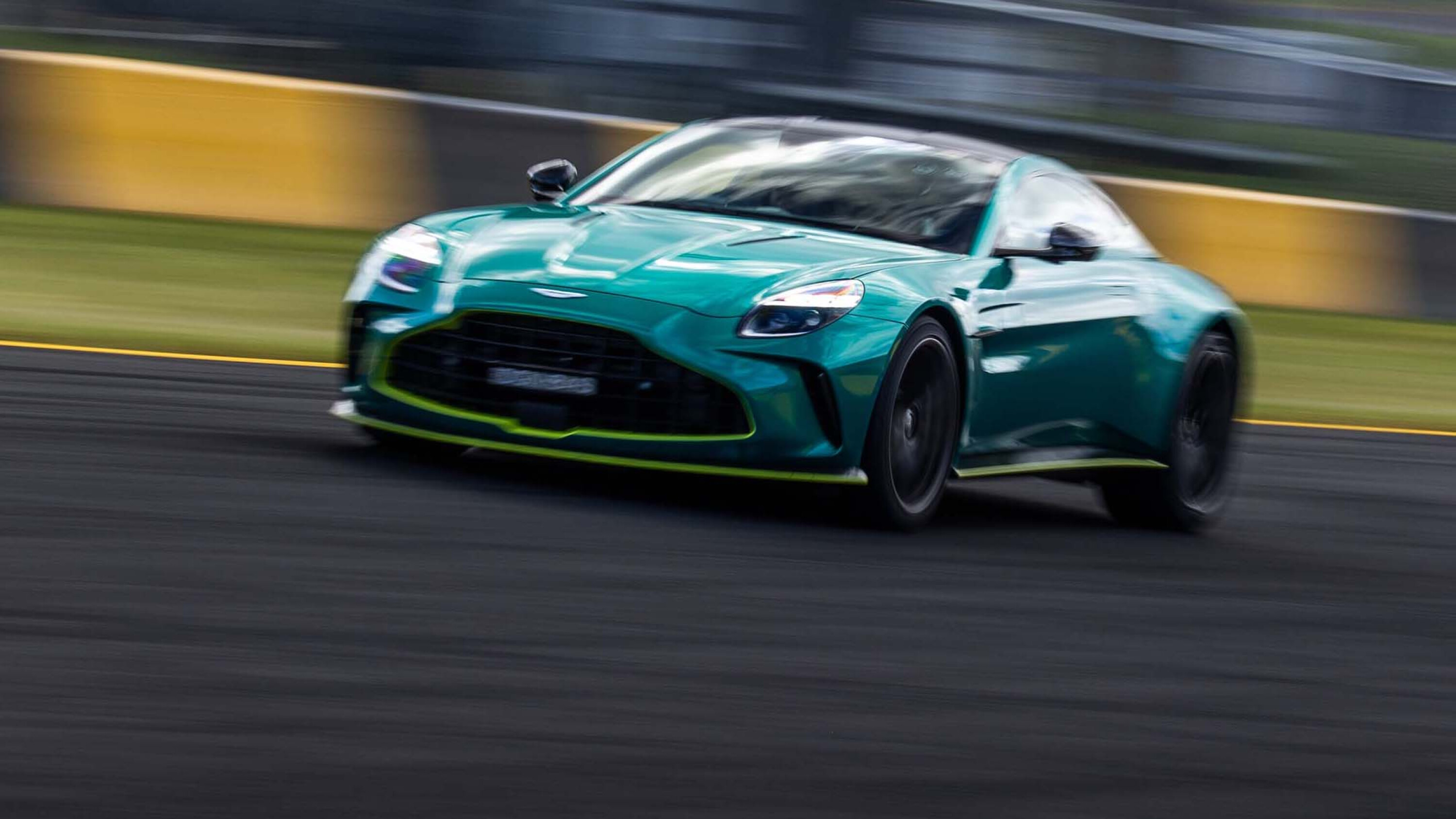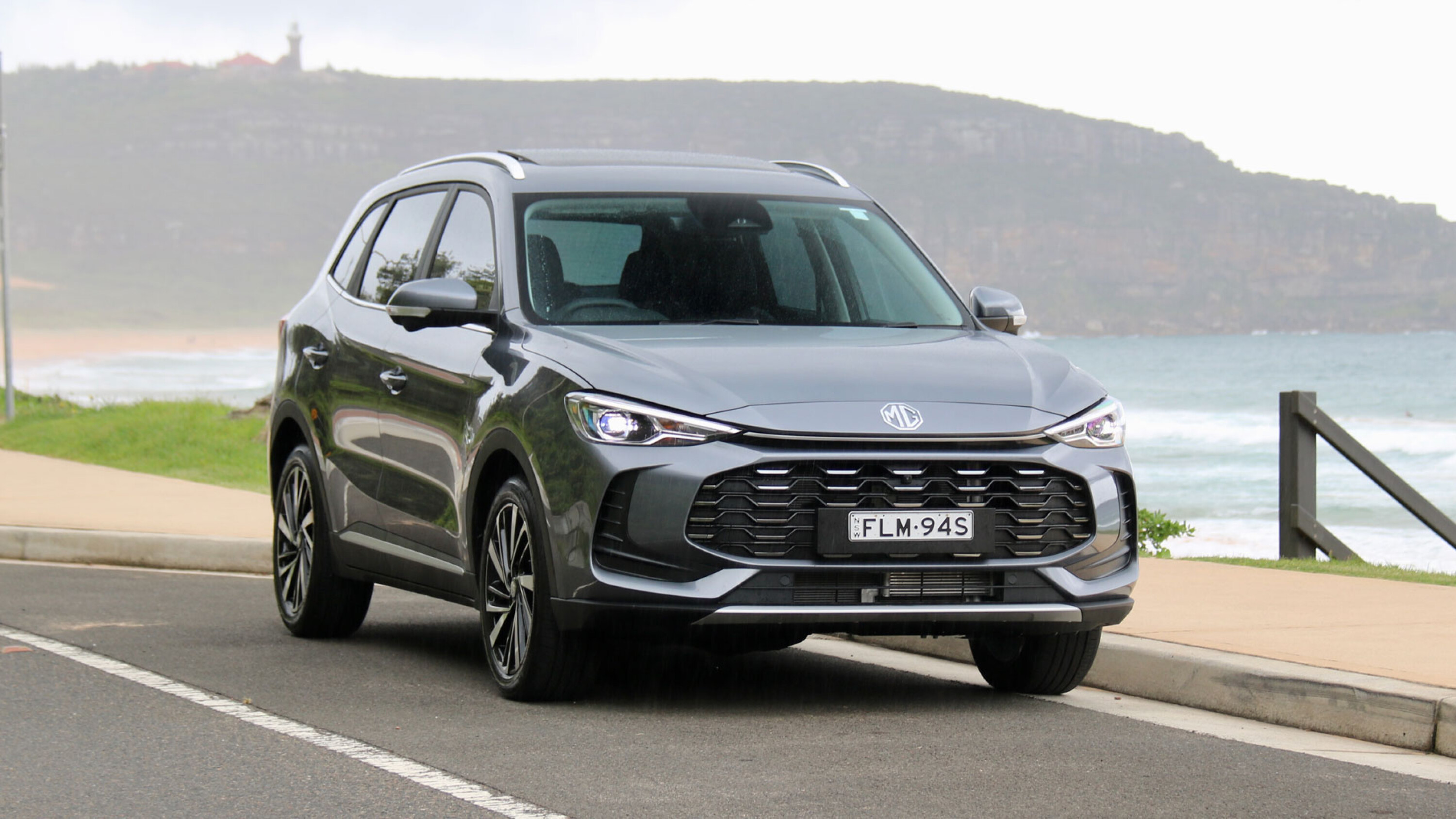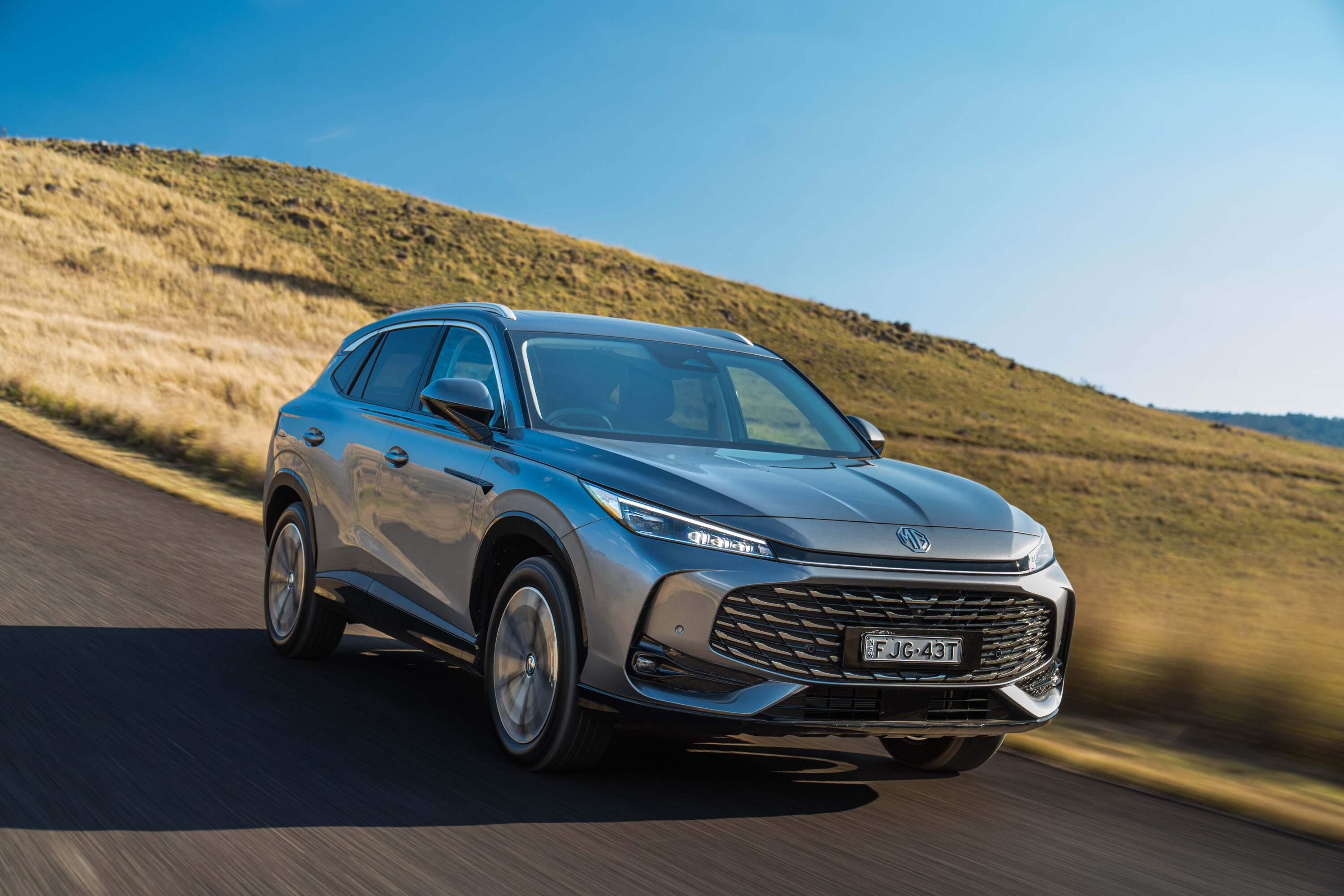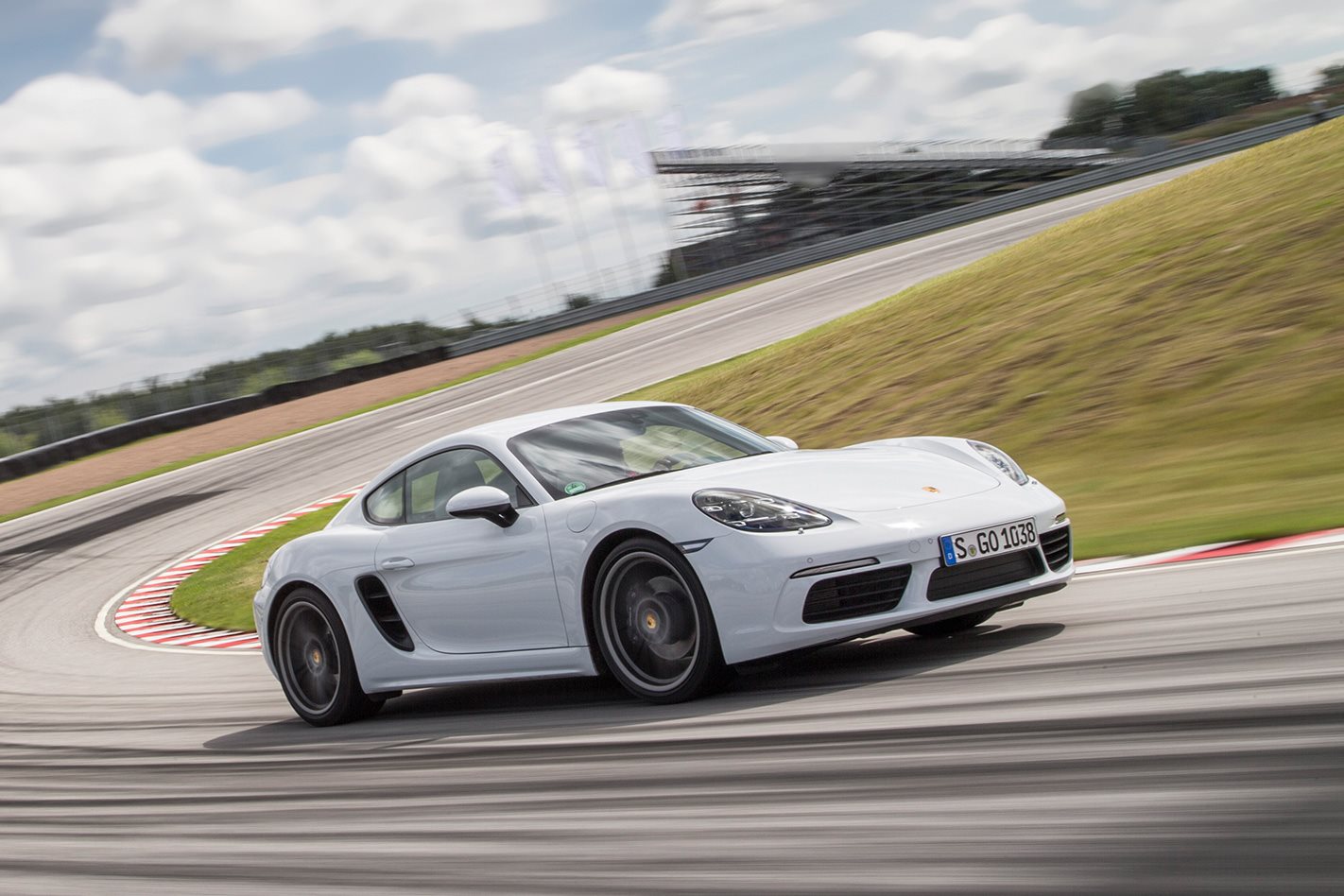
The Porsche 718 Cayman essentially a mid-life update for Zuffenhausen’s 981 Cayman. Far from being a nip here and a tuck there, the suspension and the interior have undergone some wide-ranging tweaks and boasts an all-new smaller capacity turbocharged flat-four, which replaces Porsche’s celebrated atmo flat six.
1. It comes from a long line of flat-four-engined Porsches including the car that began the dynasty, the 356 (1948-65), and its replacement, the flat-four 912 (1965-69), which was a 911 with the 356’s four-cylinder engine mounted in its rear.
2. It might look similar to its six-cylinder 981 predecessor, but the 718 Cayman is virtually all new, sharing only its windscreen, roof, and luggage tailgate with the previous car.

3. Porsche has deliberately brought the 718 Cayman visually closer to the 718 Boxster, much like a 911 Coupe is to a 911 Cabriolet. Previously, the Cayman was more expensive than its rag-top relative (it’s now the reverse) and featured different bumpers, rear taillights and detailing.
4. If you option ‘sport chrono package’ on a Cayman with the PDK gearbox, a ‘sport response button’ becomes available. Mounted in the centre of the little sport chrono dial hanging off the steering-wheel hub, it primes the engine and transmission for maximum “spontaneous” responsiveness (eg. for fast overtaking) for a period of 20 seconds.
5. Not only is the turbo-four Cayman considerably faster than its atmo-six predecessor, it’s significantly more economical. The standard Cayman PDK drinks 6.9L/100km on the official government cycle (compared to 7.7) while the Cayman S uses 7.3L/100km (was 8.0), though its fuel tank is also 10 litres larger than the base Cayman’s (64 litres v 54).
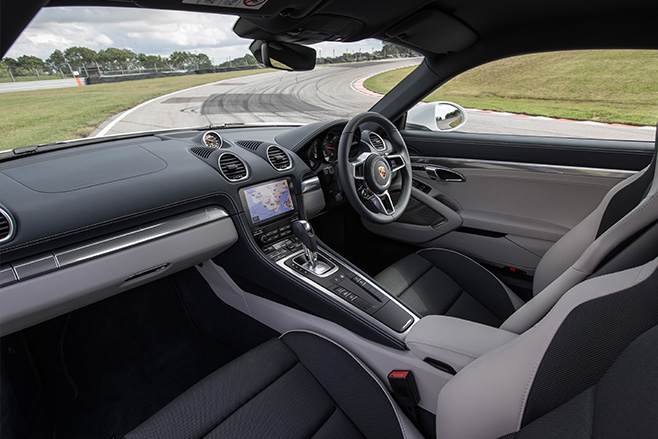
6. Despite rumours to the contrary, Porsche will continue to offer manual gearboxes in its cars, unlike sports-car marques such as Ferrari and Lamborghini. The six-speed manual makes up around 30 percent of Cayman/Boxster sales in Europe, though that percentage is much smaller in Australia.
7. Fears that the new turbocharged flat-four would fail to match the free-revving magnificence of the old flat-six have mostly been unfounded. While the new engine produces maximum power at 6500rpm, the boosted four’s redline remains at 7400rpm and its rev cut-out at 7500, just like the old six.

